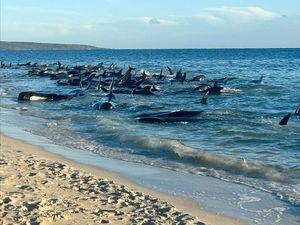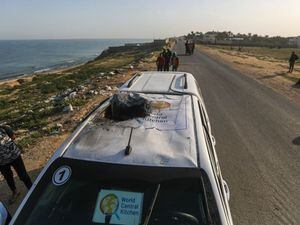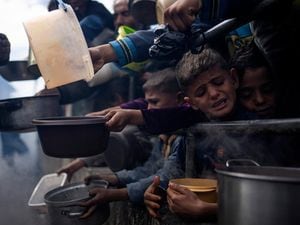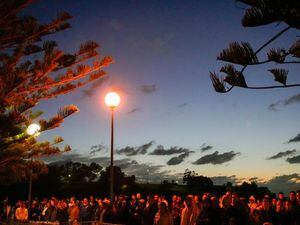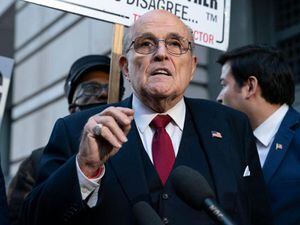Boeing suffers big losses over problems with 787 Dreamliner and space capsule
The aircraft manufacturer is recovering slowly from the pandemic which saw demand for new planes plummet.
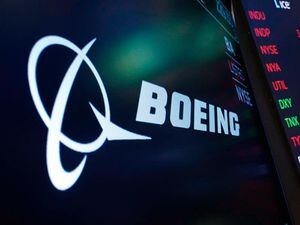
Boeing lost $109 million (£79 million) in the third quarter as it struggled to fix problems with its 787 Dreamliner and a space capsule that would ferry astronauts to the international space station.
Those setbacks overshadowed rising orders and deliveries as airlines and Boeing recover gingerly from the pandemic, which devastated air travel and demand for new planes.
On Wednesday, Chicago-based Boeing offered a hopeful outlook for aircraft sales, saying that the rollout of vaccines against Covid-19 and easing of global travel restrictions will help the company sell more planes.
More immediately, however, Boeing faces more uncertainty around major projects.

The chief executive officer, David Calhoun, said he could not say when 787 deliveries will resume. “I can’t give you certainty until I’m certain,” he told analysts during a conference call. “We’re well past halfway.”
Calhoun said the company will correct problems on the 787 the same way that it brought back the Max after two deadly crashes and a worldwide grounding — by working with regulators to win approval for corrections to the plane. In the case of the Max, that process took 18 months.
As long as those deliveries are stopped, Boeing is losing a key source of cash.
Boeing has scaled back production of the 787, which caused the company to take a $183 million (£133 million) charge in the third quarter. It expects eventually to absorb $1 billion (£730 million) in “abnormal costs” on the plane.
Boeing also took a $185 million (£134 million) charge in the third quarter for its troubled Starliner space capsule. A unmanned test flight in 2019 failed to achieve the correct orbit, and a second flight was scrubbed in August because of problems with valves in the propulsion system. NASA and Boeing plan to try another launch next year.
Even though Boeing has resumed deliveries of the 737 Max — and won some large new orders for the plane — it is still trying to whittle down an inventory of 370 of them, which are parked at various places around the United States.
China was Boeing’s biggest market for the Max before the crashes, and the company is still waiting for regulators there to let the plane fly again. If that approval does not come in the next six to 12 months, the company will have to trim plans to boost Max production, Calhoun said.
Boeing is currently building 19 Max jets a month at a plant near Seattle, and aims to boost that to 31 a month early next year, a goal that Cowen aerospace analyst Cai von Rumohr called “ambitious”.
The company’s shares fell 1.5% to close at $206.61 (£150.35).

